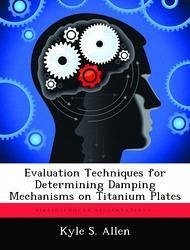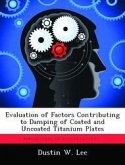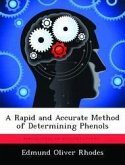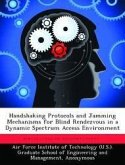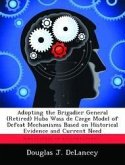High cycle fatigue (HCF) is the single largest cause of component failure for all modern military gas turbine engines. Hard coatings, such as magnesium aluminate spinel, have been found to provide significant damping properties. Past studies have had difficulties isolating the contributions of these hard coating damping layers from other damping mechanisms. This study explored techniques for assessing the contribution of different damping mechanisms on titanium plates during vibration testing. The study investigated 2nd bend and 2-stripe modes. Two different specimen sizes were tested in both a clamped-free-free-free and free-free-free-free condition. Specimens were tested at varying pressures. Increases in pressure caused linear peak modal frequency downshifts for both modes of interest for both specimen sizes, and for both boundary conditions. Increases in damping were also seen with increases in pressure for bare plates for the two-stripe mode for both boundary conditions. The clamped boundary condition contributions on the system damping were also investigated. Increases in the stiffness of the cantilevered clamp in the clamped-free-free-free condition were shown to have limited affect on plate damping.
Hinweis: Dieser Artikel kann nur an eine deutsche Lieferadresse ausgeliefert werden.
Hinweis: Dieser Artikel kann nur an eine deutsche Lieferadresse ausgeliefert werden.

